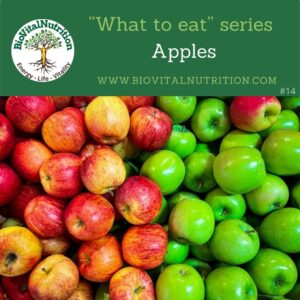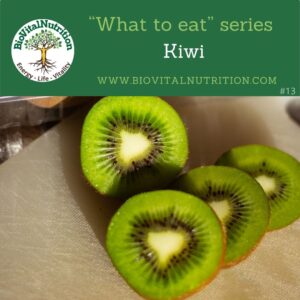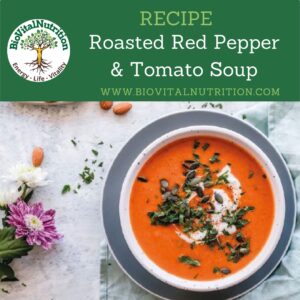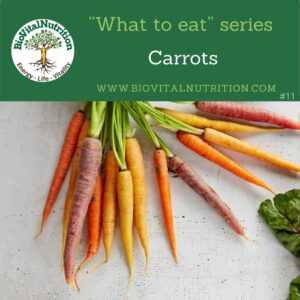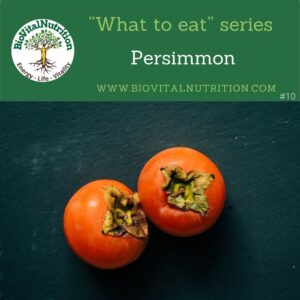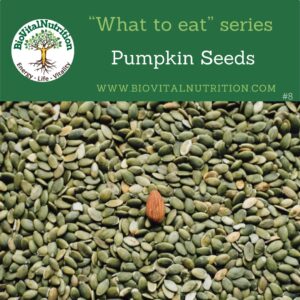Like kale & cauliflower, broccoli belongs to the brassicas (cabbage) family. They are all part of what is called cruciferous vegetables. Broccoli is a nutrient-rich ingredient, full of vitamins (A, B9, C, K), minerals (calcium, iron, zinc, phosphorus, potassium, selenium) and fibre. It is also packed with antioxidants (sulforaphane, lutein, zeaxanthin), which reduce inflammation and thus are essential in the prevention of many diseases (heart diseases, cancer, cognitive health, oral health, skin health, bone/joint health). Broccoli is very high in vitamin C which is known to support our immune system, allowing us to fight infections and prevent diseases. As a ...


